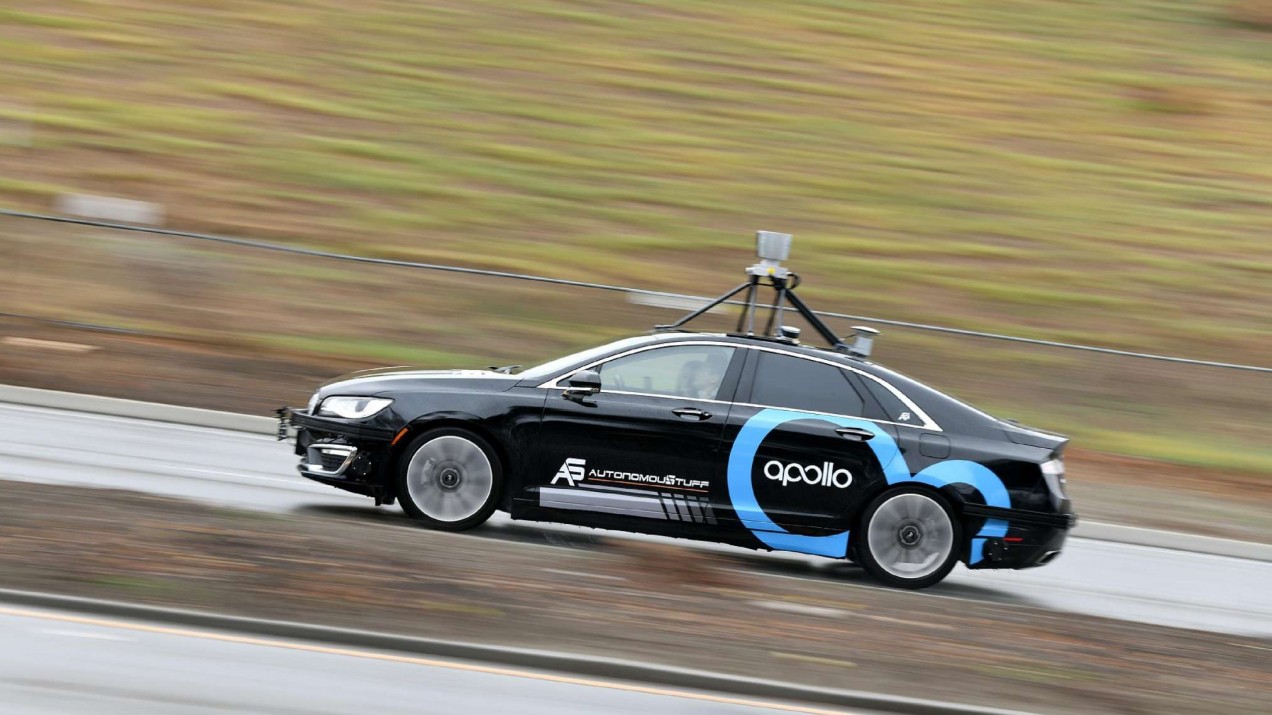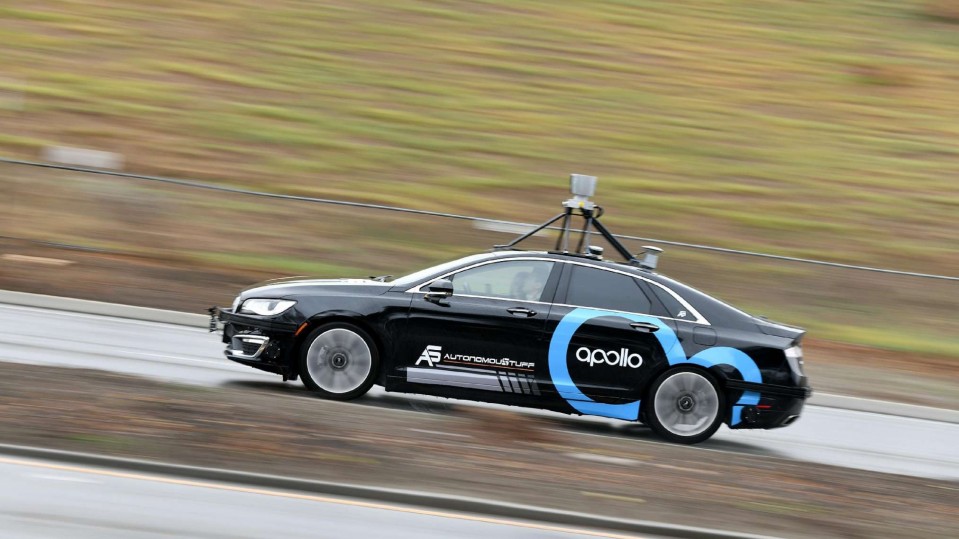

Intelligent Machines
Baidu Sees Maps for Self-Driving Cars as Bigger Business Than Web Search
It’s China’s biggest search company now, but it could be largely a map maker in the future.

Baidu, China’s largest search company, may one day have an even bigger business: making the detailed high-definition maps needed for autonomous cars to get around safely.
The company believes that in the long term HD maps in China will be a “much bigger business” than Baidu’s search business is today, said Baidu’s chief operating officer, Qi Lu, speaking with a small group of reporters at the annual CES consumer technology conference in Las Vegas on Tuesday.
HD maps are currently a vital piece of the self-driving puzzle, helping autonomous cars know all kinds of information about the world around them. They’re created by driving streets with sensor-laden cars, gathering data about things like the location of traffic lights, lanes, and other important features.
China sold about 25 million new cars last year, making the potential market for driverless cars, trucks, and other vehicles enormous. They could help reduce traffic and improve safety on the roads.
Baidu will sell HD maps as a service, Lu said, to customers like car makers who will either opt to charge service fees or bake the cost into the overall cost of the vehicles.
The company also announced this week that it is partnering with mapping company TomTom to integrate its HD maps into its Apollo autonomous-vehicle software. Baidu, which has only been working on driverless cars for about five years (much less time than, say, Google’s Waymo), is taking an open-source approach with Apollo and now has 90 partner companies, including Ford and Nvidia. It hopes these companies will contribute data they gather back to Baidu so that it can use the results to improve its AI.
Other companies, including chipmaker Intel, are also working on HD maps for autonomous vehicles. But Baidu appears to dominate in China, at least, and Lu touted Baidu’s relationships with the country’s municipal governments and other entities in China as a means to “help pave the way” for companies’ self-driving cars to be well received there.
“Not that we will become the national standard,” he added.
That doesn’t mean it will be easy for the company to produce the data that could enable autonomous cars to drive safely on public streets. Gathering data by driving around is time consuming, and it needs to be done repeatedly in order to keep up with changes that are made to roads over time.